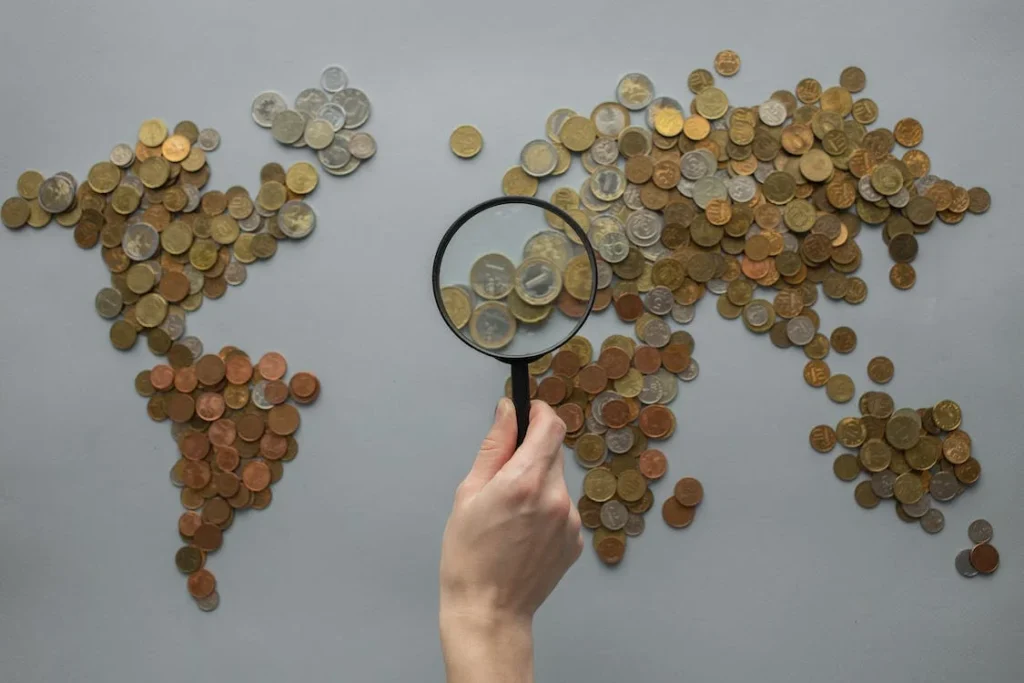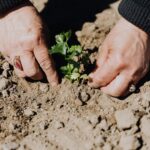Mapping tourism activities on a map can be an important tool for local municipalities to better understand and manage the tourism industry in their area. By providing a visual representation of where tourism activities are concentrated and identifying areas of high and low tourism activity, municipalities can make more informed decisions about how to plan and develop their destinations.

One of the main advantages of mapping tourism activities is that it allows municipalities to identify areas that are popular among tourists and prioritize them for improvement and development. For example, a municipality may use map data to identify that a specific beach or park is particularly popular among tourists and decide to invest in infrastructure improvements, such as additional restrooms or picnic areas, to enhance the visitor experience.
Another important aspect of mapping tourism activities is that it can help municipalities identify areas where tourism activity is low or non-existent. This information can be used to develop strategies to attract more tourists to these areas, such as promoting new attractions or events.
Mapping tourism activities can also be used to evaluate the economic impact of tourism in a municipality. By identifying areas where tourism activity is high, municipalities can estimate the amount of revenue generated by the tourism industry in their area and make decisions about how to invest in the local economy.
In summary, mapping tourism activities on a map is an important tool for local municipalities to better understand and manage the tourism industry in their area, it allows them to identify popular and underused areas, develop strategies to attract more tourists, and evaluate the economic impact of tourism in their municipality.






